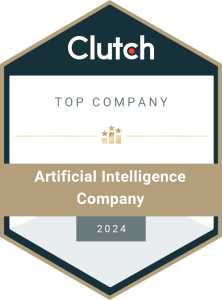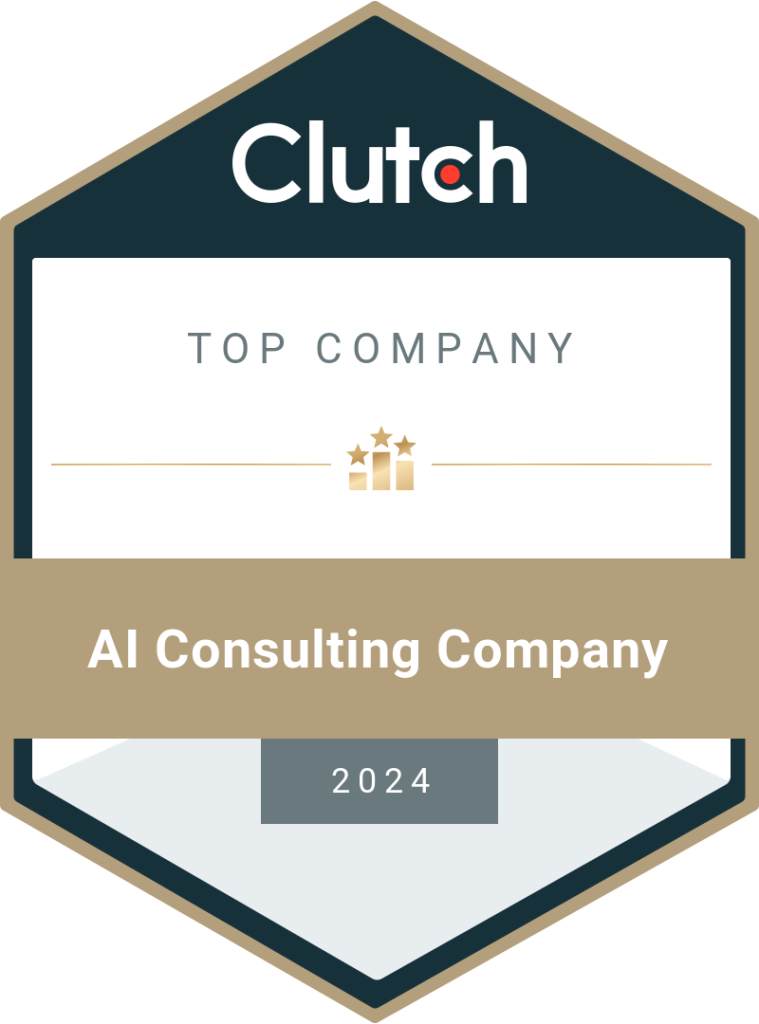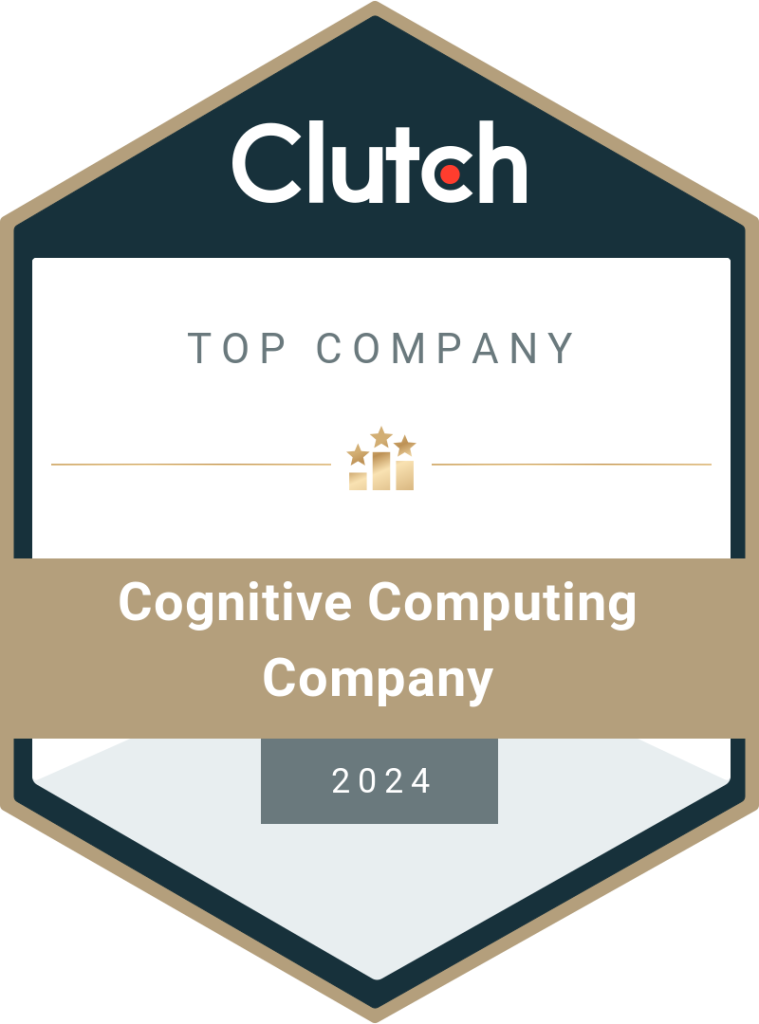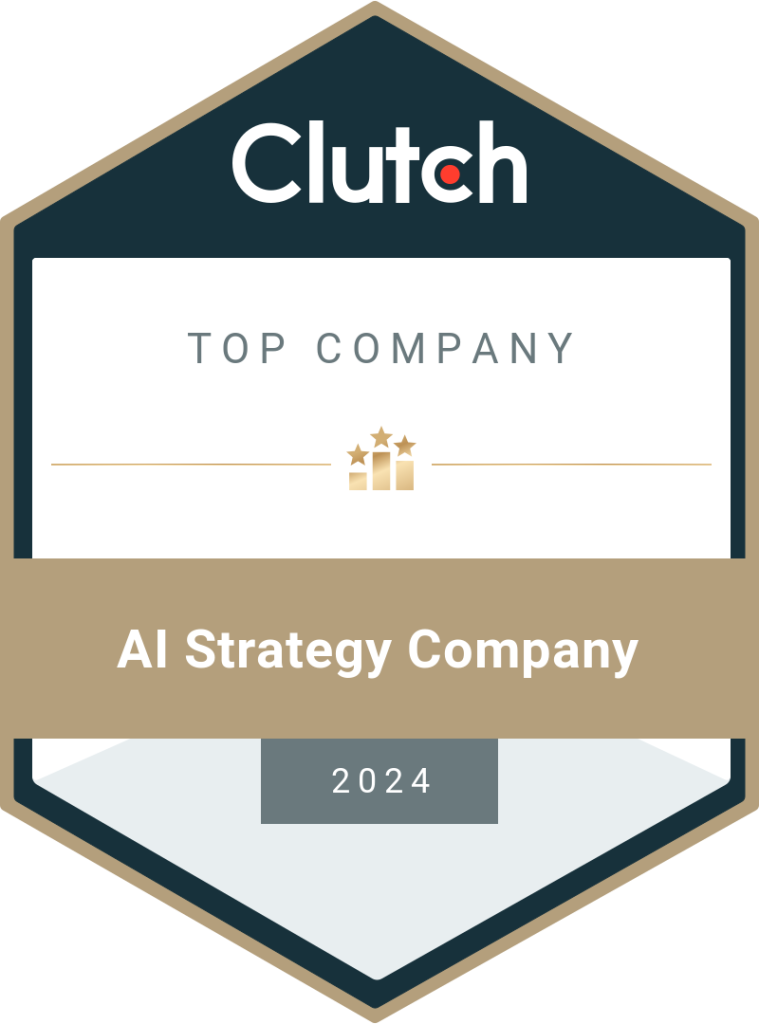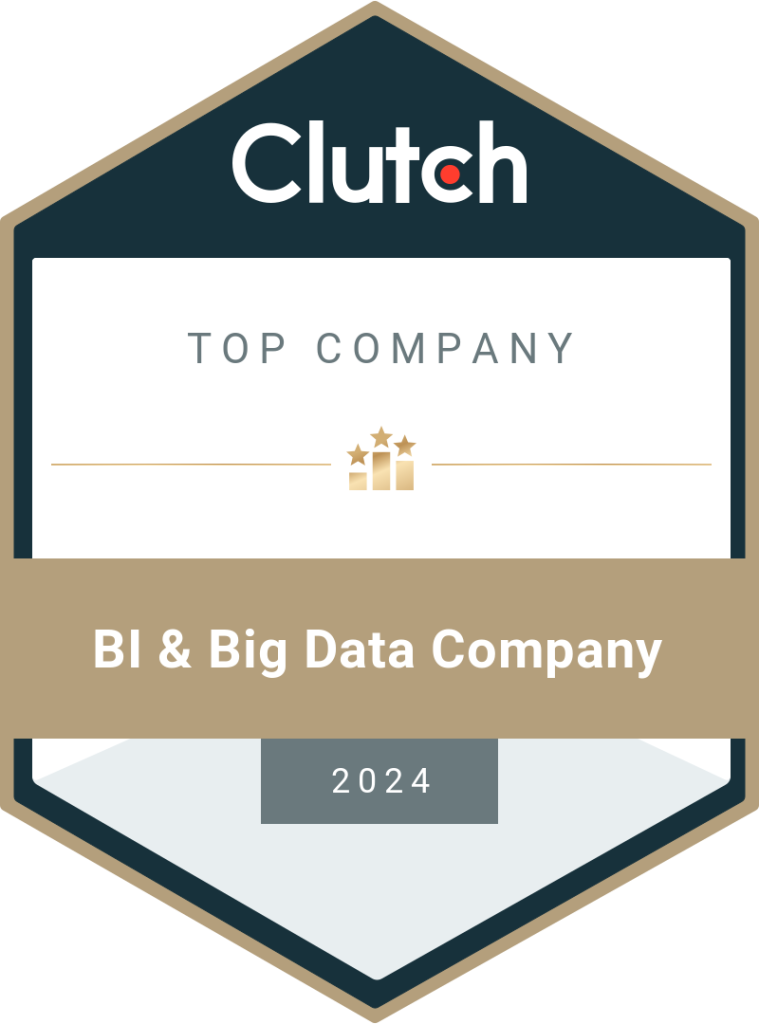11 Key HR Metrics to Track: Boost Your HR Operations
HR metrics are quantitative measures that track and analyze various aspects of an organization’s human resources to drive informed decision-making and improve the success of the organization. Are you ready to unlock the power of HR metrics and take your human resource management game to the next level? From employee turnover to training costs, data analytics can provide valuable insights to help you make informed decisions and drive your company’s success. So without much ado, let’s deep dive into top key HR metrics to track in 2025. What are HR metrics? HR metrics are measurements that identify how effective the human resources practices and processes are within an organization. They make it easier to track recruiting, onboarding, and other HR-specific activities. It also helps obtain valuable data about employees such as employee satisfaction, salary, and tenure. Examples of HR metrics ● Employee Absence Rate: Percentage of workdays missed by employees due to unplanned absences. ● Employee Growth Rate: The rate at which the organization’s workforce is expanding or contracting ● Staff Diversity and Inclusion: Level of representation and inclusiveness of diverse individuals within the organization. ● Healthcare Costs per Employee: Average cost of healthcare benefits provided to each employee. ● New Hire Turnover Rate: Percentage of newly hired employees who leave the organization within a certain period, typically measured within the first year. These metrics can help HR professionals identify areas for improvement, track progress, and make data-driven decisions for the growth and success of an organization. Here’re the Top 11 Key HR Metrics to Track 1. Employee Retention Hiring and retaining skilled employees is the hallmark of a successful company. A high employee retention rate indicates a stable workforce and that employees are satisfied with the job. To apply the right retention strategies, HR needs to track employee retention rate, one of the most important HR metrics in 2025. Measuring this key performance indicator helps you monitor and improve the onboarding process, leadership or employee engagement, satisfaction issues, and problems with employee productivity. 2. Cost per Hire Do you keep your hiring costs in check? Is your recruitment process efficient? If not then cost per hire (CPH) is one of the timeless HR metrics to measure recruitment expenses. CPH gives you the details of the average amount spent to acquire new talent as well as reach out to all new prospective candidates. Included are both internal and external costs such as interviewing costs, advertising, relocation fees, and more. CPH is a great indicator of cost-effectiveness. So, keep a track of your expenses and optimize over time. 3. Time to Hire Does it take too long for your company to hire a new employee? Then, it is a sign of a poor talent acquisition process! Reasons could be anything from bad promotion to unclear job descriptions or ineffective screening of prospective candidates to time-taking onboarding process. And, this is why ‘time to hire’ is the crucial one on the list of HR metrics. Measure this KPI to quickly fill in an open position and avoid losing a star employee to your competitor. 4. Quality of Hire How valuable are your new hires? Are they contributing well to salary hikes and client satisfaction? About 43% of HR professionals find it difficult to hire the right candidates because of competition from other employers. The ‘quality of hire’ is the right HR metric to gauge this. It encompasses several parameters like retention rates, performance appraisal scores, and other employee indicators. Measure this KPI to get a clear idea of your return on investment. 5. Absenteeism Rate If you want to make sure that your team stays on track, measure the absenteeism rate. Start tracking and managing attendance. Whether it is poor management, work dissatisfaction, or poor workplace policies it is sure to spike unscheduled absences and drop your company’s productivity. Taking the help of a data analytics firm and their Power BI experts can smoothen the tedious job of analyzing large datasets like patterns of missed time with the help of sophisticated software. 6. Employee Productivity This is the right metric if you are trying to figure out which employees are productive and which ones need more training. As an HR manager, tracking this key performance indicator is a must to address poor work output issues. 7. Employee Turnover Rate Keep an eye on employee turnover – it shows how many people are leaving and why. Treat high rates as red flags. To keep costs low and productivity high, create strategies to retain employees. To track turnover, simply record departures over a period of time and divide them by the average number of remaining employees. 8. Benefits Administration Does your company offer rewards and recognition? Are they serving your employees’ needs? Are you aware of your underutilized benefits? Or what benefits to keep, add or remove? Here comes the role of the benefits administration metric – one of the core HR metrics to track how effective are your company’s benefits. Hire a data analytics company for easy tracking and management of employees’ health insurance and other benefits. 9. Employee Net Promoter Score (NPS) Your employees represent your organization to customers, business partners, and vendors. Tracking employee Net Promoter Score (NPS) measures employee loyalty and their likelihood to recommend your company to others. A high NPS indicates a strong company culture, and it lets you know if your employees enjoy working with you. Improving this metric can help you attract top talent and make your company culture even better. 10. Training Costs Per Employee Training programs are crucial for improving employee productivity. How much do you invest in training each employee? How effective is your employee training program? To measure this, training cost per employee is an important HR KPI. And you can better analyze the return on investment for employee training programs. You can then take action to change the program if it is not worth it or doesn’t fetch desired outcomes. 11. Diversity Metrics Are you planning to build a diverse
Read More